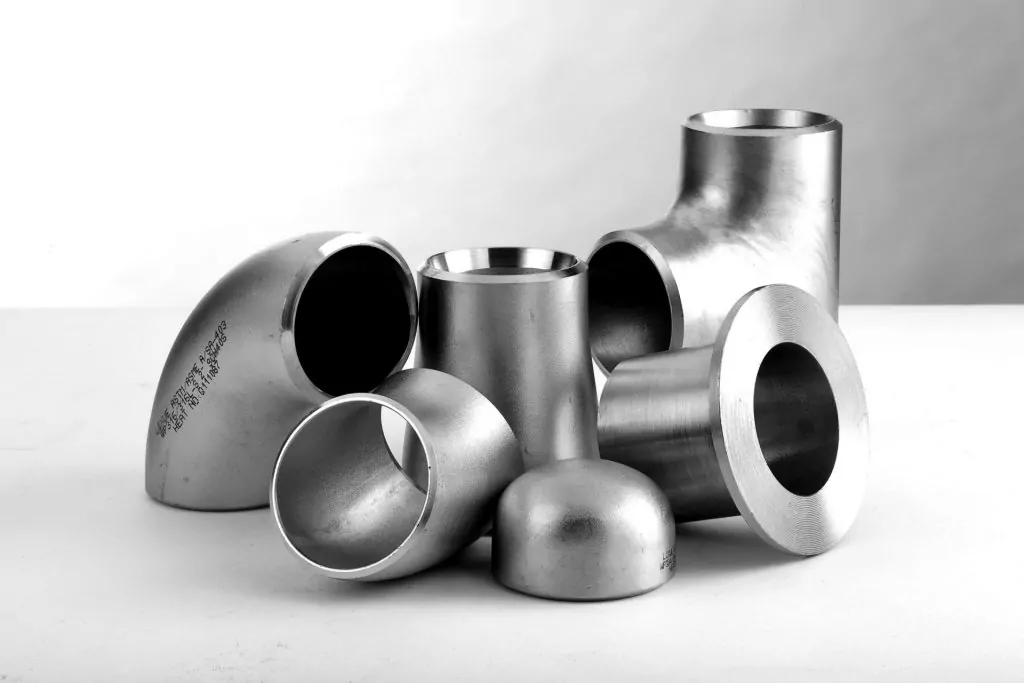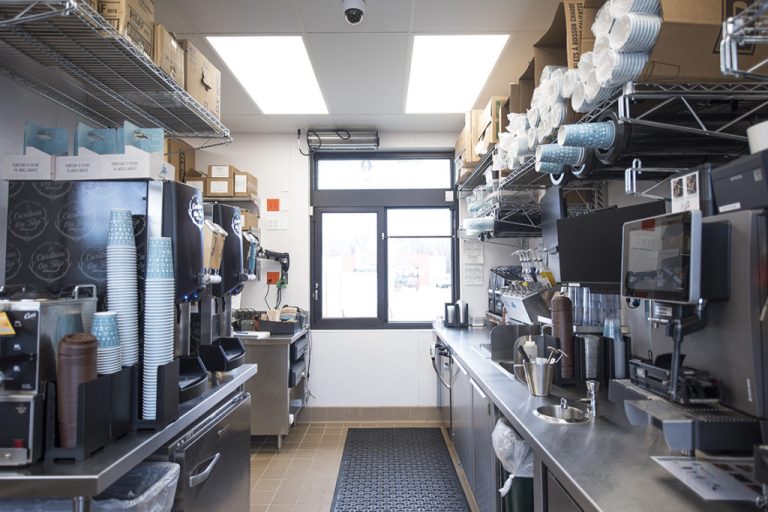When it comes to building heavy-duty pipelines, one of the most critical factors is ensuring that the system can withstand extreme pressure, temperature variations, and harsh environments. For decades, buttweld fittings have been the preferred choice for these kinds of projects. Known for their strength, durability, and reliability, these fittings are integral to the performance of industrial piping systems.
But why exactly are buttweld fittings considered the backbone of heavy-duty pipelines? Let’s break down the factors that make them the ideal solution for such demanding applications.
- Seamless Strength for High-Pressure Systems
Buttweld fittings are designed to be welded directly to the pipe, creating a smooth and continuous connection. This seamless integration is a significant advantage in high-pressure environments because it minimizes the risk of leaks or weak points. The welding process ensures that the joint becomes an integral part of the pipeline, maintaining its structural integrity under high pressure, making them ideal for oil and gas pipelines, refineries, and chemical plants.
Unlike threaded fittings, which may be prone to stress points or leaks over time, buttweld fittings offer superior strength due to their continuous metal structure, ensuring a tight and secure connection that can endure high stress.
- Durability to Withstand Harsh Conditions
Heavy-duty pipelines often operate in environments exposed to harsh conditions—extreme temperatures, corrosive materials, or constant wear and tear. Buttweld fittings shine in these environments because of their excellent corrosion resistance and ability to handle extreme temperatures.
The welding process reduces the likelihood of cracks or other weak points that might form over time with other types of fittings. Additionally, they are commonly made from materials like stainless steel, carbon steel, and alloys, all of which are highly resistant to both chemical and physical damage, making them ideal for long-term, high-performance applications in challenging conditions.
- Reduced Maintenance and Long Lifespan
One of the key benefits of using buttweld fittings is their low maintenance requirements. The continuous weld minimizes the chance of failure due to external factors like vibration or external impacts. This is particularly beneficial in industries like petrochemical, power generation, and mining, where the pipelines are subject to constant mechanical stresses.
The durability of buttweld fittings reduces the need for frequent replacements or repairs, providing significant cost savings over the life of the pipeline. The longer lifespan of these fittings is a key factor that makes them the backbone of heavy-duty pipelines.
- Customization for Complex Pipeline Configurations
Pipelines in heavy-duty applications are rarely simple straight lines. They often require bends, branches, and changes in direction. Buttweld fittings are extremely versatile and can be fabricated to meet specific design needs. Whether it’s an elbow, tee, or reducer, these fittings can be customized to fit the unique demands of a given system.
This flexibility allows for more precise control over pipeline flow and ensures that each component fits together seamlessly. Customization is essential in industries where pipe configurations are complex, such as offshore oil platforms or chemical processing facilities.
- High Safety Standards
Safety is always a priority in heavy-duty pipeline systems. The continuous and robust nature of buttweld fittings makes them less likely to fail under high stress or pressure, reducing the risk of catastrophic system failures. Their integrity and reliability are crucial in industries where failure could result in environmental hazards or loss of life.
Furthermore, the ease of inspection and maintenance of buttweld connections (since there are no threaded joints) means that engineers can regularly check for potential issues, ensuring that the system remains safe and fully functional over its lifespan.
- Enhanced Flow Efficiency
Since buttweld fittings provide a smooth internal surface, they help reduce turbulence and friction in the pipeline. This leads to improved flow efficiency and energy conservation. In large industrial systems where thousands of gallons or liters of fluid or gas flow through the pipes every minute, every reduction in resistance helps save energy and maintain system performance.
For industries like petrochemical plants or refineries, where large volumes of liquid or gas need to be transported, this smooth flow is essential for reducing operating costs and maintaining process efficiency.
Conclusion: The Foundation of Heavy-Duty Pipelines
When it comes to constructing pipelines that can handle the toughest conditions, buttweld fittings are a clear winner. Their superior strength, durability, resistance to extreme conditions, and long-lasting performance make them the backbone of heavy-duty pipelines.
Whether you’re working in high-pressure systems, corrosive environments, or complex pipeline configurations, buttweld fittings offer the reliability and efficiency needed for optimal system performance. For projects where failure is not an option, buttweld fittings are the undisputed choice.


















